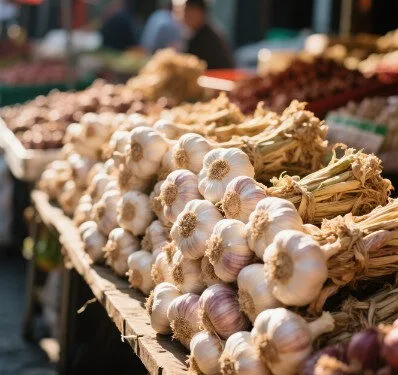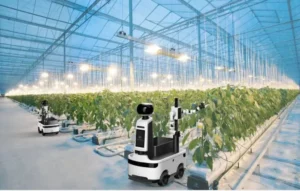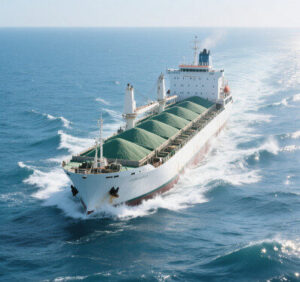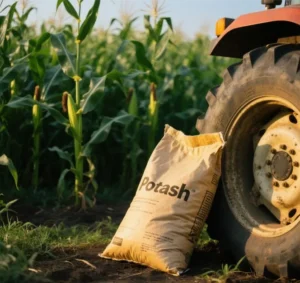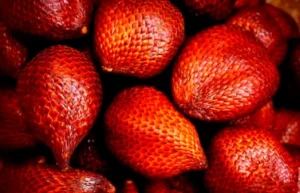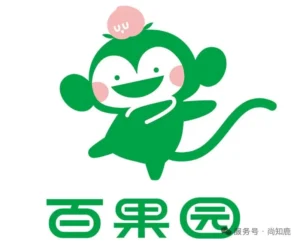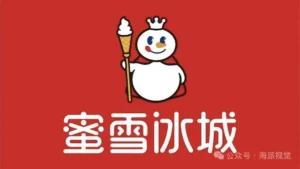As the new garlic season unfolds, China’s garlic market presents a compelling yet complex narrative of price divergence and oversupply. Significant price variations have emerged across major producing regions, reflecting the complex dynamics influencing the industry’s current state.
Regional Differences Drive Price Variations
China’s garlic production is distributed across 20 primary regions, each with unique planting schedules and cultivars. In May, the garlic market in Jinxiang, Shandong—a major garlic production hub—experienced a surge in supply, leading to intense competition and a decline in prices for hybrid red garlic (large mixed grade), which was priced at 5.40 to 5.60 yuan per kilo. Henan’s staggered planting of early-maturing varieties has led to stable market conditions, with prices ranging between 5.00 and 5.60 yuan per kilo for similar grades. In contrast, Pizhou, Jiangsu, commands premium pricing. Its meticulously managed harvest of premium 6.5cm net garlic peaks at 9.56 yuan per kilo—1.50 yuan higher than Jinxiang’s offerings.
Varietal specialization further accentuates these differences. Hybrid red garlic is a key focus in Jinxiang and parts of Henan, while white garlic, with four to six cloves, is cultivated in Shandong’s Lanling County. Pizhou’s reputation for quality is rooted in its proficiency in both red and white varieties, supported by stringent farming practices.
Supply-Demand Imbalance Fuels Price Volatility
Approximately 30 million tons of garlic are produced worldwide each year. China is the leading producer, accounting for over 70% of the global output. Since 2017, China’s annual output has consistently exceeded 22 million tons, and projections for 2025 estimate a planting area of 792,000 hectares. Northern regions, including Shandong, Henan, Hebei, Jiangsu, and Anhui, are expected to yield 924.55 tons, marking a 21.37% year-on-year surge and a five-year high.
This strategic initiative, propelled by robust financial returns in 2023–2024, is in contrast with the ongoing challenge of a persistent oversupply. As of April 2025, cold storage facilities were housing 400,000 tons of excess garlic, leading to discounted pricing for older stock and subsequent depression of new crop prices. Concurrently, demand-side challenges have emerged: while April 2025 witnessed a 16.29% year-on-year surge in fresh garlic exports (driven by Southeast Asian pre-season stocking), month-on-month exports experienced a 3.37% decline, and prices decreased by 12.4%, suggesting moderated international demand.
The “Garlic Cycle”: Patterns and Predictability Challenges
China’s garlic prices demonstrate a cyclical pattern influenced by factors such as Indonesia’s import quotas (impacting 30% of exports), seasonal harvests, and storage dynamics. Prices generally peak in March and September, with a dip occurring in June. In 2023, prices rebounded from lows in March, reaching a December high. In 2024, despite year-long stability, two interim spikes occurred, with annual price differentials reaching 300%.
However, despite these patterns, forecasting remains challenging. The nexus of regional yields, inventory levels, trade policies, and domestic consumption generates considerable uncertainty. For farmers, this volatility translates into erratic incomes and financial risks.
Moving Forward: Strategies for Stability
Addressing market instability requires improved risk management tools and better access to real-time market information for farmers. Meanwhile, agricultural suppliers and practitioners can contribute by helping growers tackle challenges such as continuous cropping and yield optimization—key steps toward enhancing resilience in China’s garlic industry.
Mitigating market instability requires a multifaceted approach:
- Risk Management Tools: Farmers require access to real-time market data and hedging mechanisms to safeguard against price fluctuations.
- Supply Chain Optimization: Addressing cold storage overflow and coordinating harvest schedules across regions could alleviate glut pressures.
- International Market Diversification: One strategy to mitigate the impact of export shocks is to diversify trade, reducing reliance on Indonesia and other key markets.
- Agricultural Innovation: Suppliers and practitioners should support farmers in overcoming challenges like continuous cropping (via crop rotation) and yield optimization, enhancing long-term resilience.


